This is the gnocchi recipe my family makes again and again. If you’ve never tried making homemade gnocchi, start with our recipe. It’s beginner-friendly, uses simple ingredients, and makes the lightest, most pillowy gnocchi you’ll ever have.
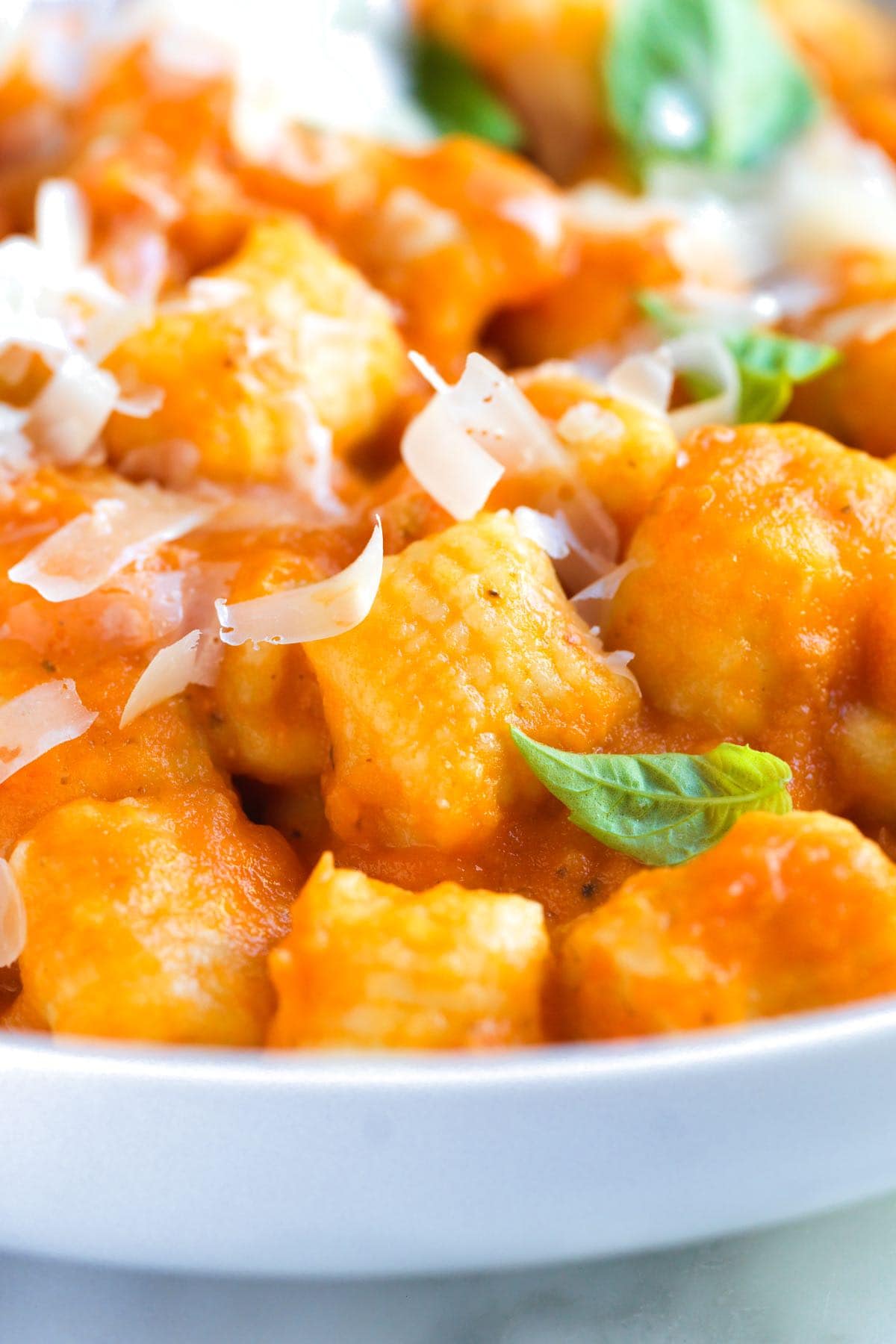
Once you make our gnocchi recipe, I guarantee you’ll jump at the chance to make it again! Gnocchi (pronounced “nyoh-kee”) are light and fluffy Italian dumplings made with cooked potatoes, flour, and egg. If you’re not fond of the potato or want to try something different, you can make gnocchi with ricotta cheese! See our ricotta gnocchi recipe for how we do it.
Store-bought gnocchi has nothing on homemade (trust me). I find store-bought gnocchi heavy and dense, while this potato gnocchi turns out soft and pillowy. Serve with your favorite sauce like marinara sauce, homemade pasta sauce, basil pesto, or swap pasta for cooked gnocchi in our baked mac and cheese!
Key Ingredients
- Potatoes: I always use Russet potatoes for the best gnocchi (and most Italian grandmothers would agree!). Their high starch and low moisture content are key. The starch helps the dough stick together, creating that signature light and fluffy gnocchi texture. Remember, you can also use ricotta cheese to make gnocchi. If this sounds interesting to you, see our recipe for ricotta gnocchi.
- Flour: You can use either all-purpose or “00” flour for this recipe. Many traditional Italian recipes call for “00” flour but don’t stress if you don’t have it. All-purpose works perfectly well. If you buy “00” flour and have some leftover, I also use it to make homemade pasta and homemade pizza dough.
- Olive Oil: While not every gnocchi recipe includes olive oil, a bit adds flavor and helps the dough come together smoothly.
- Salt: Super important for flavor! I prefer fine sea salt because it dissolves easily into the dough.
- Egg: You can technically make gnocchi without eggs, but they make the dough much easier to work with. Our recipe uses a whole egg and an additional yolk. They bind the dough, add a touch of richness, and make the gnocchi tender.
How to Make Gnocchi
I’m so excited for you to try this gnocchi recipe! Yes, gnocchi takes a little time, but it’s worth it. Plus, you’ll get better and faster each time you make it.
Let’s start with those potatoes! I’ve tried baking, boiling, and steaming for this recipe, and steaming is the clear winner. Steamed potatoes absorb less water than when boiling, and steaming is much faster than baking. So, peel them, pop them into a steamer basket over simmering water, cover, and cook until they’re easily pierced with a fork.
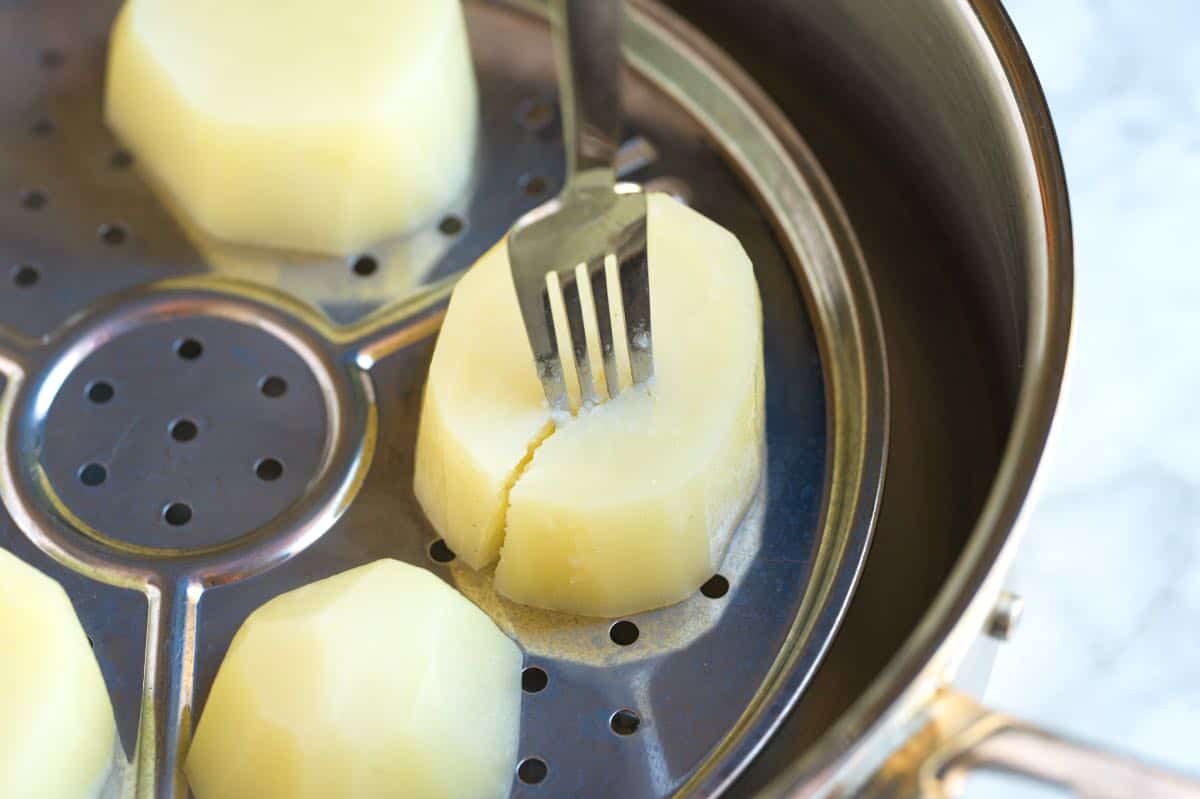
For the smoothest texture, I use my food mill to process the cooked potatoes (a potato ricer works just as well). If you don’t have either, a fork is fine for mashing. Just be careful not to overwork them, or they’ll get gummy. You want a mostly smooth texture, with a few small lumps being totally okay (this might seem a bit fussy, but it makes a big difference in the final gnocchi).
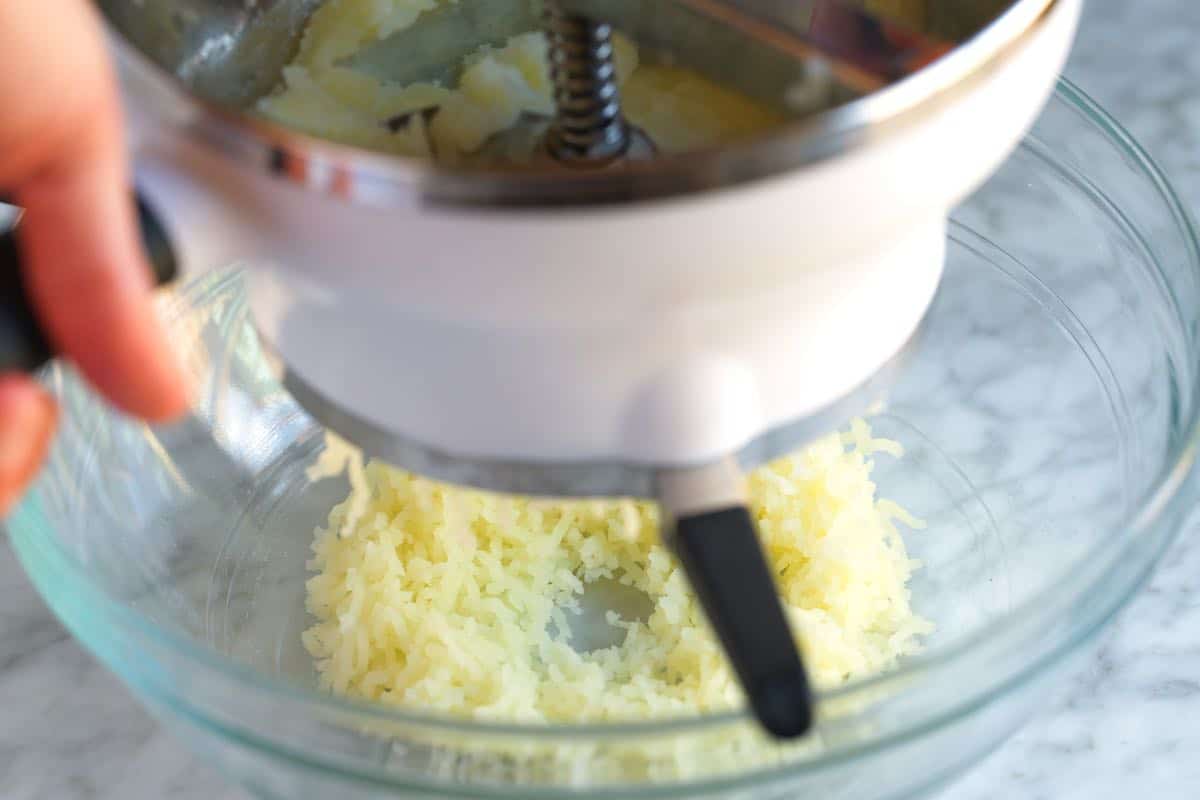
Next, stir in the olive oil, salt, egg, and egg yolk to create the gnocchi dough. Dust over the flour and mix with a spoon until it forms a rough dough. Then, spend about 2 minutes working the dough in the bowl until it’s smooth and soft. Now it’s time to form our delicious little dumplings!
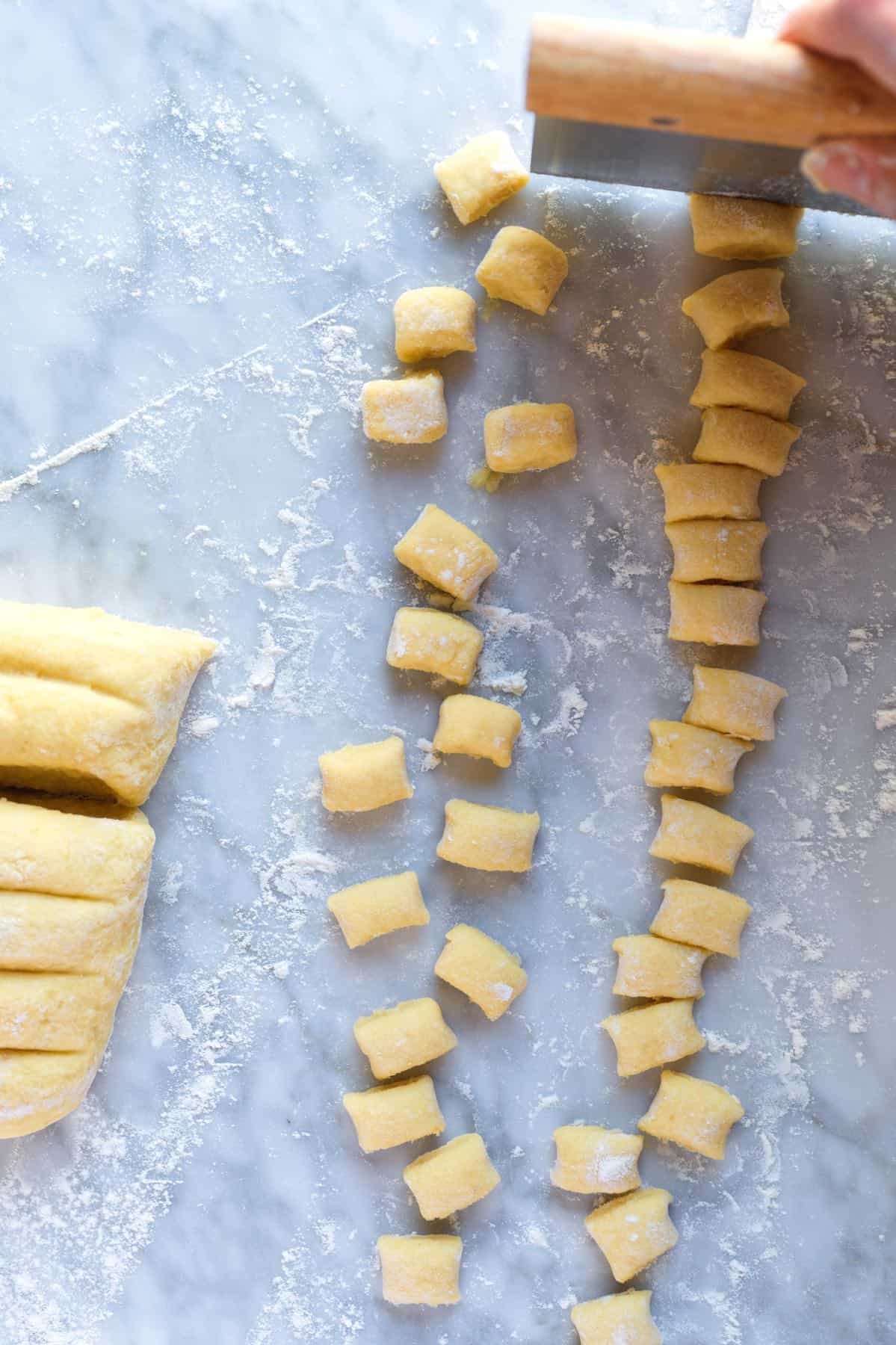
The easiest way is to roll the dough into long ropes, cut them into 3/4-inch pieces, and drop them straight into simmering water. This is my go-to for a quick and tasty meal.
Or, use a gnocchi board if you want a fancier, more traditional look (I show you how in our video). This gives the gnocchi those cute ridges and a dimple for the sauce to cling to. Though it takes a little practice, it’s definitely fun to learn. (If I plan on searing the gnocchi later, I usually skip the board since the ridges disappear a bit.)
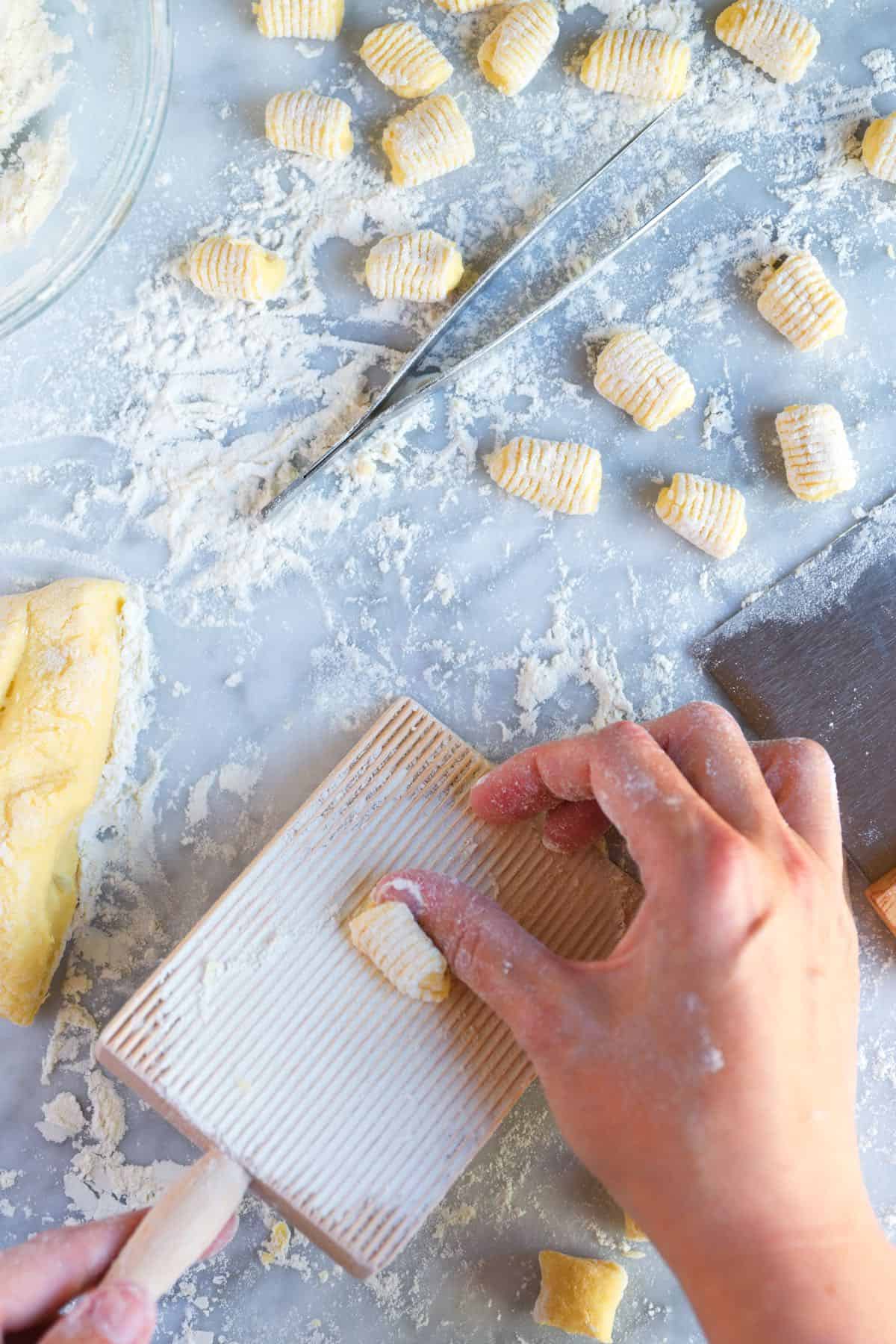
Now for the cooking! Drop your gnocchi into simmering water, wait for them to float, and give them a couple more minutes before scooping them out with a slotted spoon. Then, you have 2 options! Toss the gnocchi directly into warm sauce, or sear them in a hot skillet with butter or oil until golden brown and a little crispy.
Ways to Serve Gnocchi
Our family loves gnocchi, so we’ve come up with quite a few ways to enjoy it. Toss your gnocchi with your favorite tomato sauce. It can be a simple marinara or something more robust like arrabbiata. My family loves this homemade gnocchi tossed in this pizza sauce (I know it’s odd, but it’s so good!).
Seared in butter, herbs (like sage), and parmesan is always a hit, and I love tossing it with pesto. Try homemade basil pesto in the summer and kale pesto in the winter.
You can even turn it into a casserole (think macaroni and cheese but made with gnocchi instead of pasta). Sheet pan meals work, too. Toss on your favorite veggies, some sliced sausage, and the poached (simmered) gnocchi. Add a drizzle of olive oil, and you will be ready to bake.
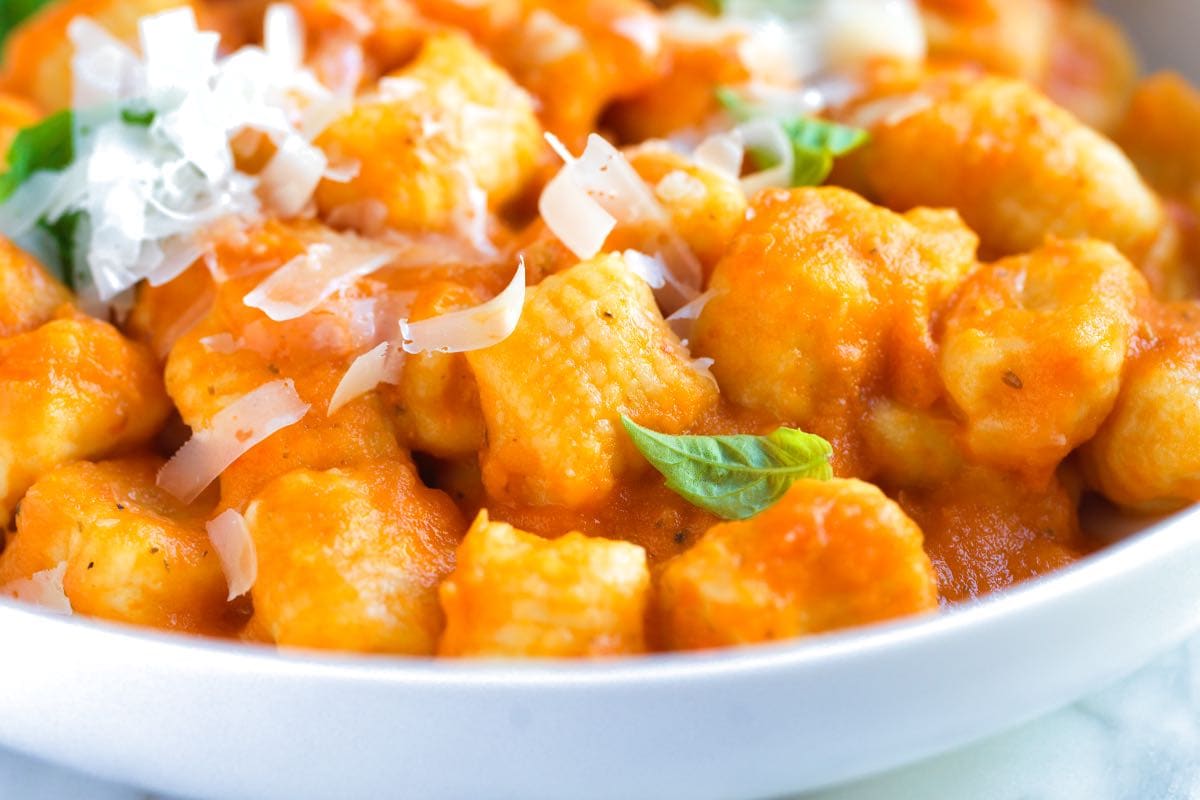
Perfect Gnocchi
- PREP
- COOK
- TOTAL
Our homemade potato gnocchi recipe is perfect for beginners. It is easy to follow and yields light, fluffy gnocchi you will love. A food mill or potato ricer is best. If you do not have one, you can use a fork to mash the potatoes individually. Avoid using a potato masher as it can overwork the potatoes.
*Note that russet potatoes vary significantly in size, so we highly recommend weighing your potatoes for this recipe.
Watch Us Make the Recipe
You Will Need
1 pound (450g) Russet potato, 2 medium-sized potatoes
1 ¾ cup plus 2 tablespoons (250g) all-purpose flour or Italian “00” flour
1 teaspoon (6g) fine sea salt
1 tablespoon olive oil
1 large egg
1 large egg yolk
Directions
- Make Gnocchi Dough
1Insert a steamer basket in a pot with a lid. Add enough water to come to just beneath the bottom of the basket. Cover with a lid and heat until simmering. See tips below for how to bake potatoes instead.
2Peel the potatoes and cut into 1-inch-thick slices. When the water is simmering, place the potatoes into the steamer basket. Cover with a lid and steam until the potatoes can easily be pierced with a fork, 15 to 20 minutes.
3Push the steamed potatoes through a food mill (medium blade) or potato ricer set over a large mixing bowl. See introduction above if you do not have a food mill or potato ricer.
4Use a wooden spoon to stir in the salt, olive oil, egg, and egg yolk until combined. Scatter the flour on top and gently mix with the spoon until a rough dough forms.
5Put down the spoon, and then use your hands to bring the dough together in the bowl, pushing the flour into the dough until it is smooth. This takes 2 to 3 minutes.
6Move onto forming the dumplings or cover tightly and refrigerate for up to 4 hours. When you are ready to form the dumplings, allow it to warm up on the counter for a bit.
- Form Dumplings
1Remove the steamer basket from the pot you steamed the potatoes in. Empty the water, and then refill it with fresh water. Salt it, as you would pasta water, and then bring it to a simmer. Keep it covered with a lid until you are ready to cook the gnocchi.
2Transfer the gnocchi dough to a floured work surface. Knead a few times, and then pat into a rough rectangle. Divide the dough into eight pieces. Keep one piece of dough in the center of your work surface. Move the rest to the side and cover with a dishcloth so it does not dry out.
3Roll the dough into a long snake, about 1/2 inch in diameter. If it is too sticky, lightly dust it with more flour. Cut the snake into 3/4 inch sections (see photos in the article for reference). Repeat with the remaining dough.
4Move on to cooking the gnocchi, or use a gnocchi board to add small grooves to each dumpling.
- Using a Gnocchi Board (Optional)
1This is optional, but a gnocchi board will add tiny grooves and dimples. The sauce sticks nicely to the grooves. (If you plan to sauté them, skip this, as they will mostly disappear as you sauté anyway.)
2Lightly flour the board and hold it angled down towards the work surface. Place a dumpling at the top of the board, then using your thumb, push the dough down into the grooves while rolling forward all the way off the board at the bottom. After a few tries, you will find the right amount of pressure to use. It takes a little practice, but you will get it. When you’ve rolled all your gnocchi, you can move on to cooking them.
- Cooking Gnocchi
1Depending on the size of pot you are cooking them in, you can poach one or two snakes worth of gnocchi at a time.
2If you are serving with a sauce, heat the sauce in a skillet and keep warm. If you plan on sautéing the gnocchi or saving them for later, line a baking sheet with foil or parchment paper.
3If needed, bring the water back to a simmer, and then drop the gnocchi into the water and cook them until they float. When they float, cook for 1 to 2 minutes longer. You can test for doneness — they should feel firm and not mushy.
4Transfer poached gnocchi with a slotted spoon to your sauce or the prepared baking sheet to cool. Repeat with the remaining gnocchi.
5If you are sautéing the gnocchi, allow them to rest on the baking sheet for a few minutes, then heat butter or oil in a skillet and sauté. Tossing in some shredded cheese and fresh herbs is a lovely idea.
Adam and Joanne's Tips
- Storing: Refrigerate cooked gnocchi for up to two days. To freeze them, spread the poached gnocchi on a baking sheet and place it into the freezer until hard (about 30 minutes). Transfer the frozen dumplings to a freezer-safe container or bag and freeze for up to three months.
- Make ahead: You can make the gnocchi dough up to 4 hours in advance and store it in the fridge. When you’re ready to cook, take the dough out of the refrigerator and allow it to come to room temperature before rolling it out and cutting it into dumplings. Be sure to wrap the dough tightly in the fridge to prevent it from drying out.
- Freezing tips: You can freeze them cooked or uncooked (without sauce) for up to 3 months. To do this, spread them out on a parchment-lined baking sheet, freeze until hard, and then transfer them to a freezer-safe container. You can cook gnocchi directly from frozen (they may take a few minutes longer).
- No steamer: Steaming the potatoes guarantees the most consistent results, but you can bake your potatoes instead. Bake in a 400°F (204°C) oven until tender when pierced in the center with a knife, 60 to 70 minutes. Peel the potatoes after baking.
- Gnocchi board: You can buy a gnocchi board online or in kitchen stores. A gnocchi board is not required, but it does help add tiny grooves and a small dimple underneath the dumpling (some people use a fork to do this). The grooves and dimples help the sauce to stick. See our photos and video showing us using the board. I often don’t use the board and cut my gnocchi into small rectangles instead.
- Favorite sauce for gnocchi: As unusual as it sounds, this homemade pizza sauce is our favorite sauce for potato gnocchi. It’s made with fresh tomatoes, lots of garlic, and oregano.
- The nutrition facts provided below are estimates.
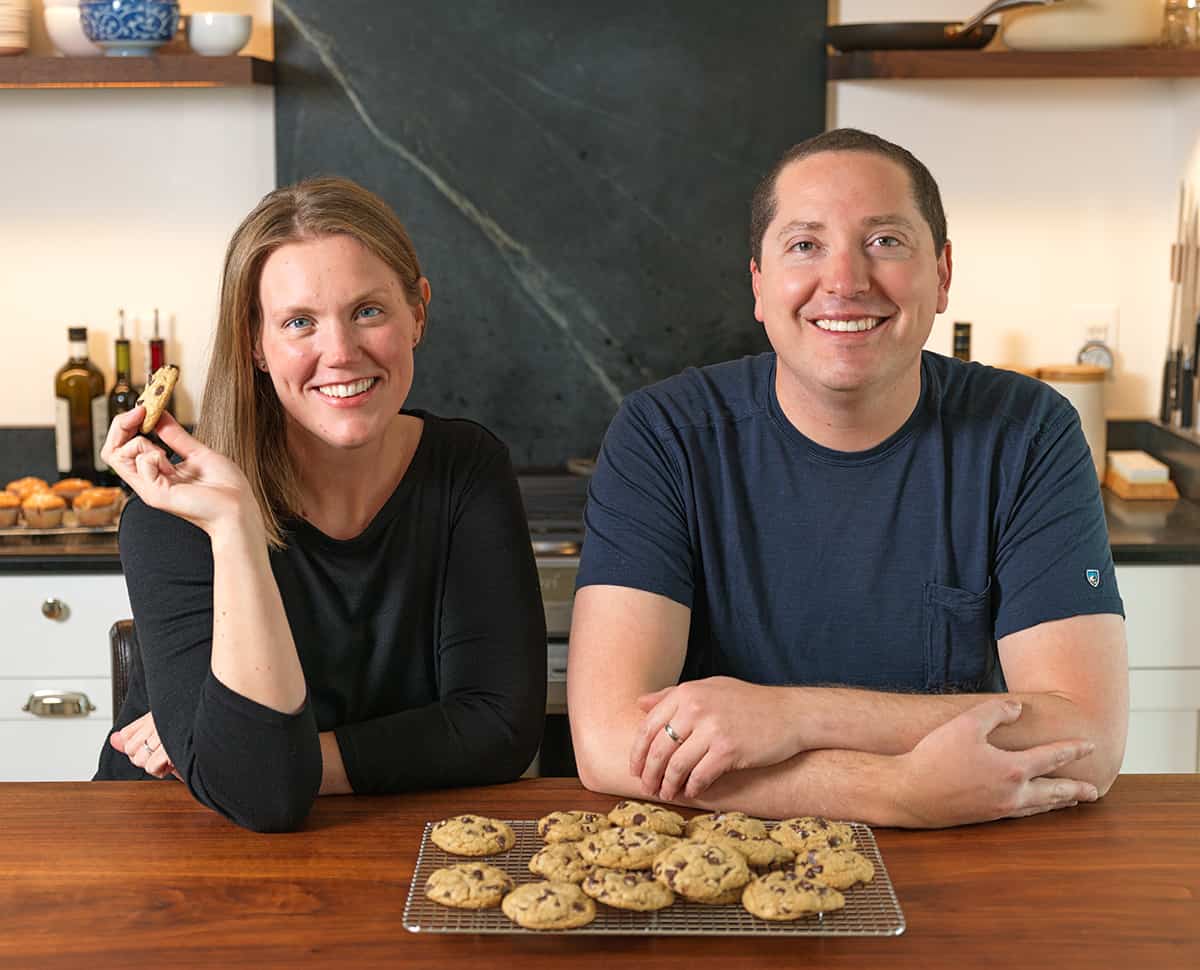
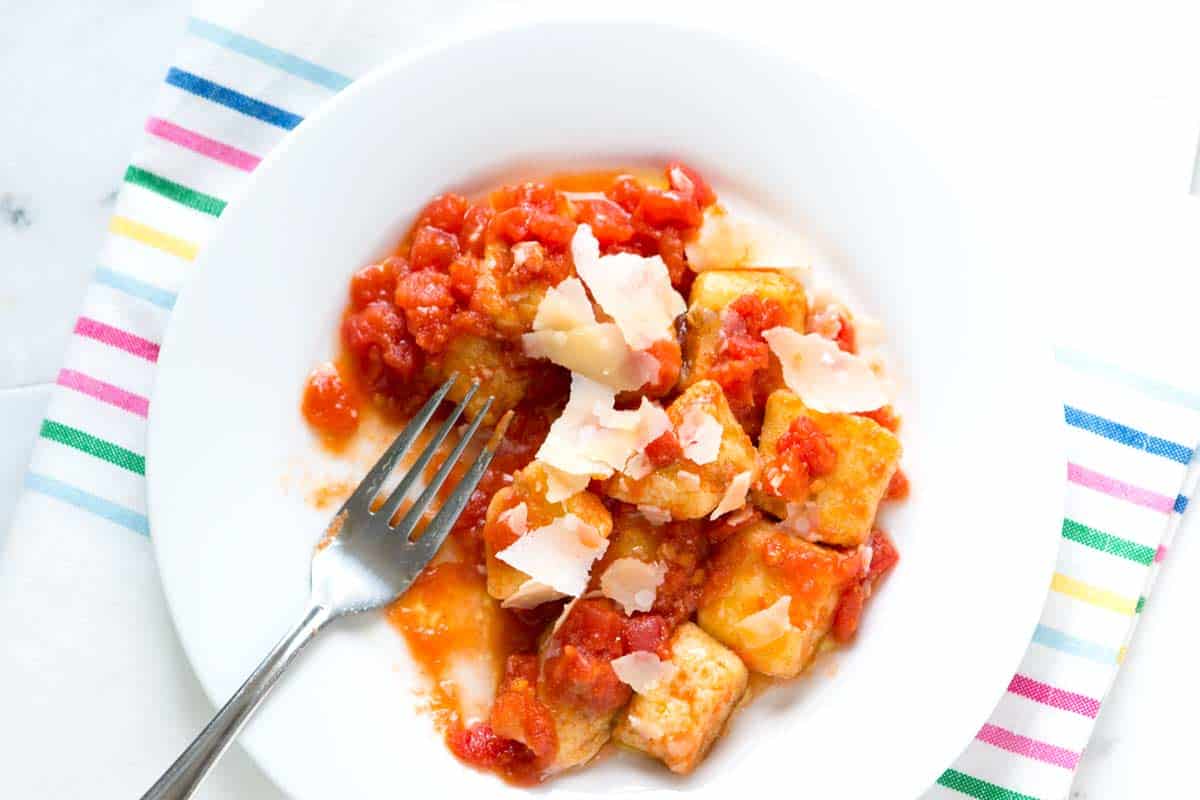
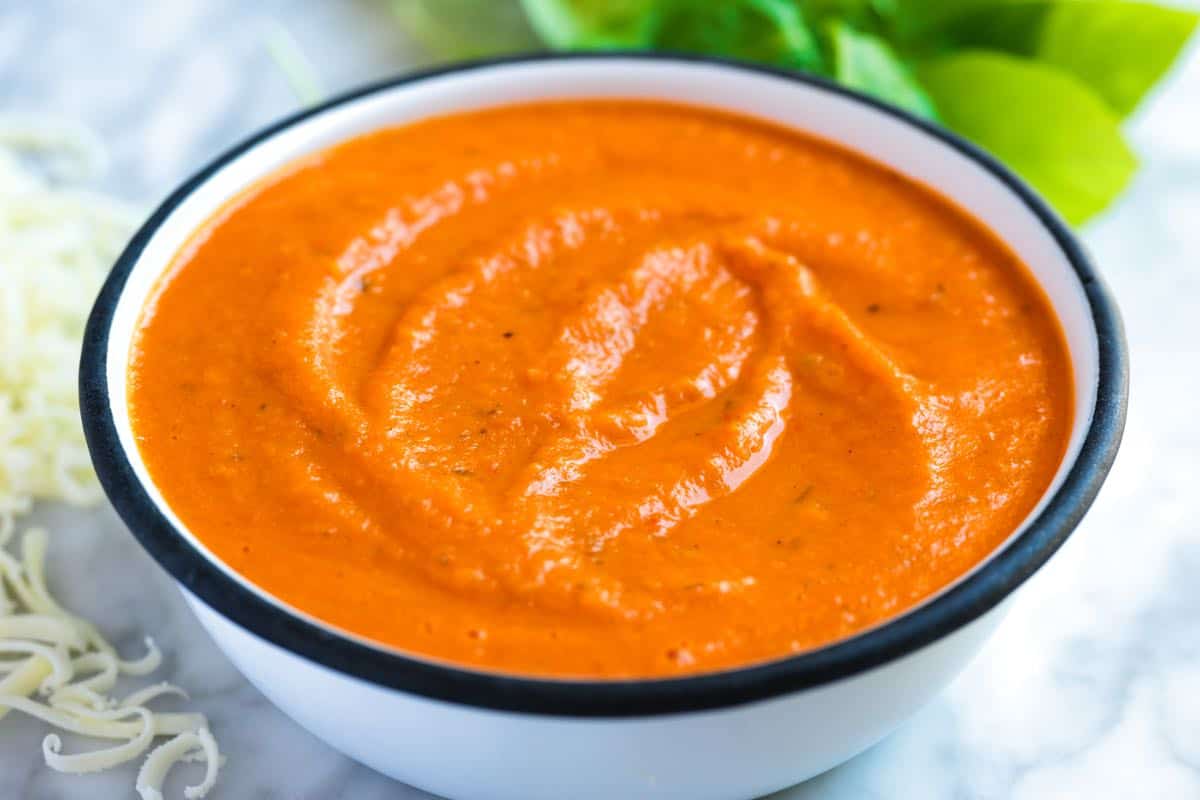
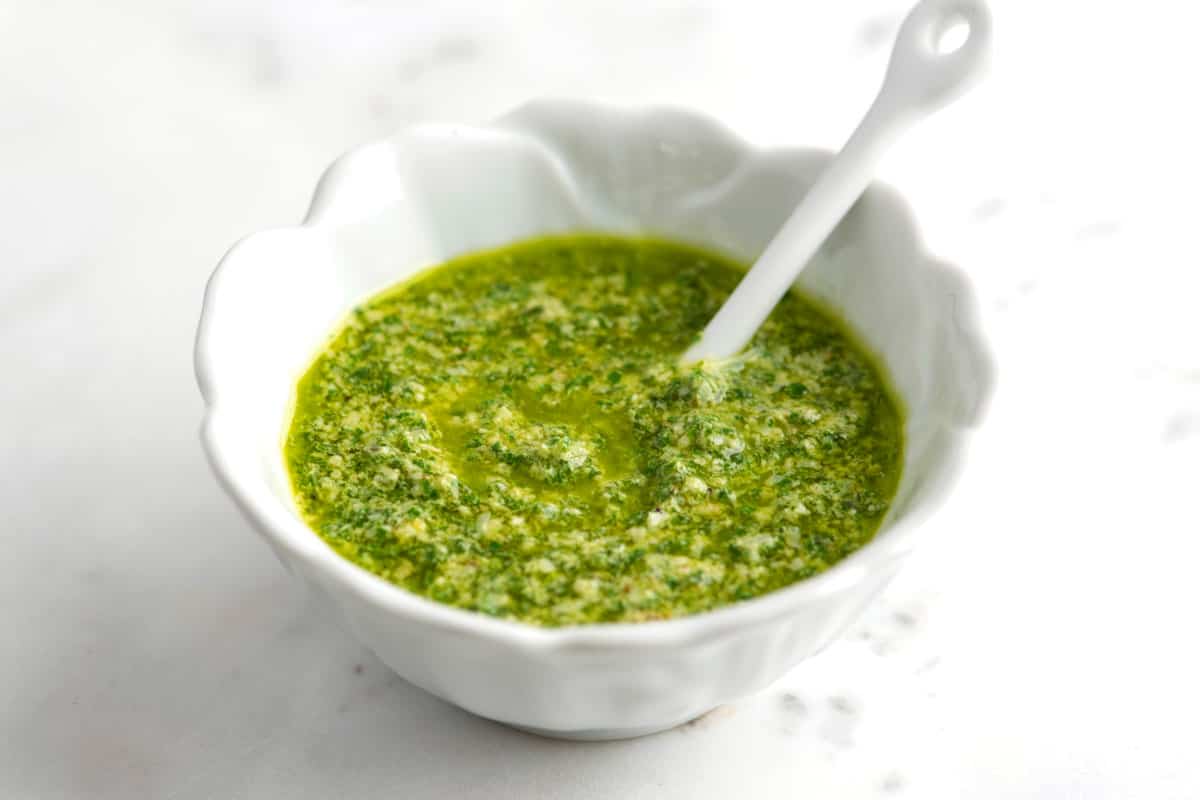
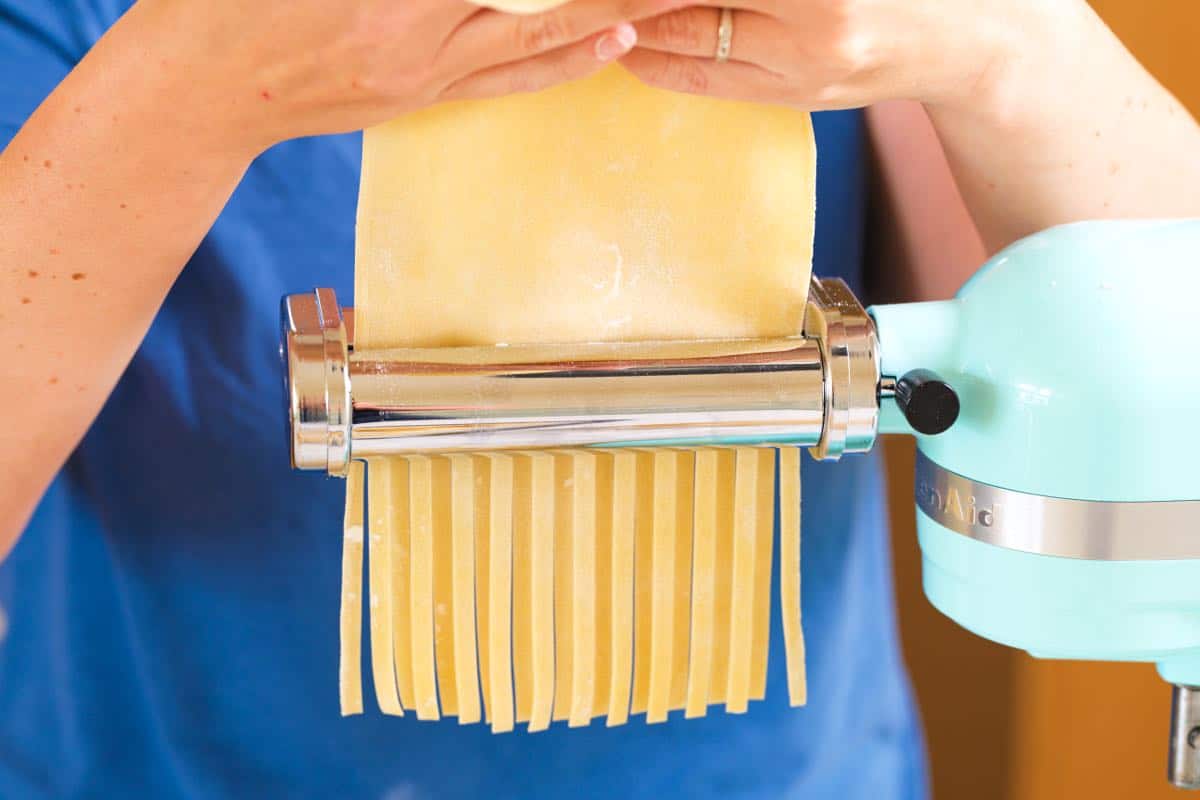
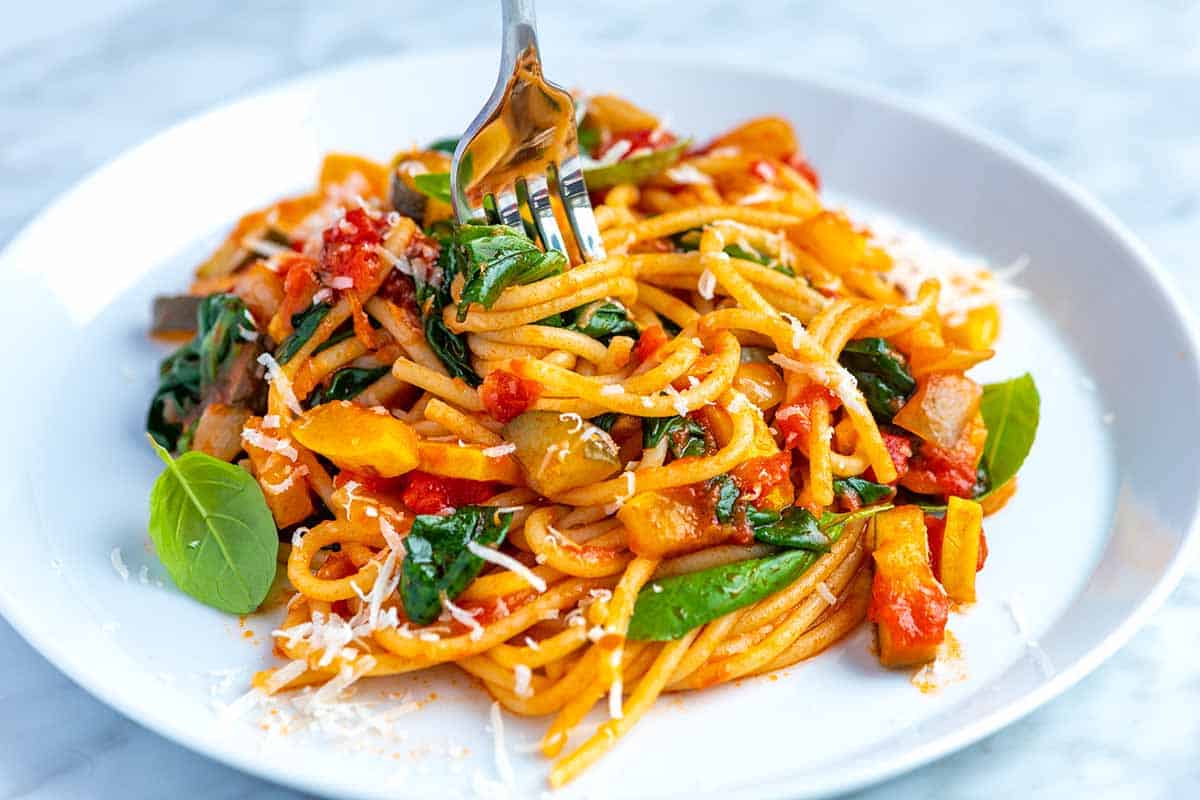
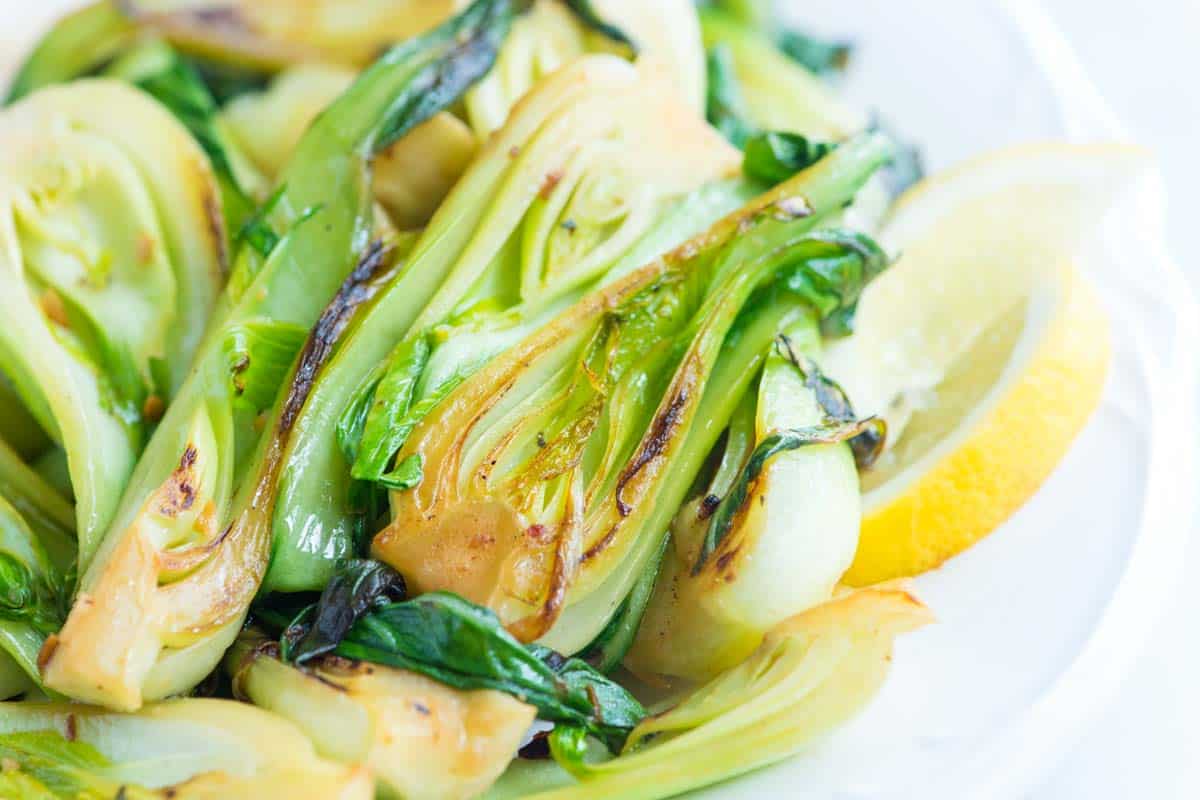

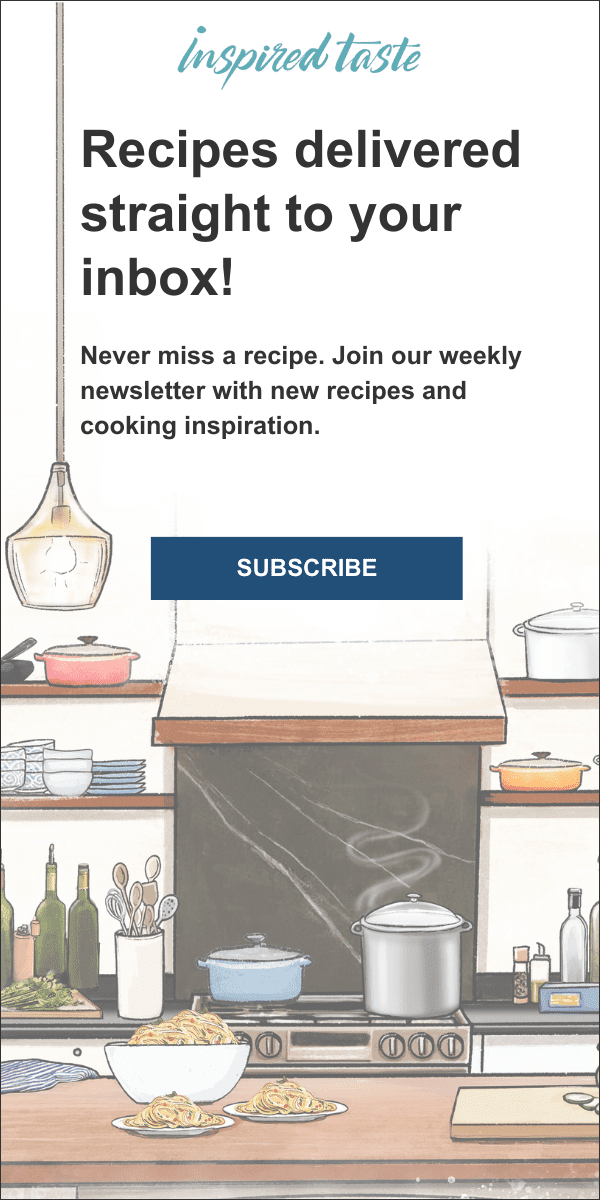
I ended up tossing the gnocchi into a creamy garlic and chanterelle mushroom sauce I made.
That sauce sounds delicious! Really appreciate you coming back to share your experience 🙂
I am gluten intolerant. Can I use corn starch instead of flour?
Hi Diane, This is a great question. Unfortunately, we have never tried to make gluten-free gnocchi, but we will add it to our list for testing. I wonder if a standard gluten-free flour blend would work in place of the flour? Also, we’ve seen some recipes call for rice flour instead of all-purpose.
Hi, Im just making gnocchi just now and freezing it. When needed, do I defrost the gnocchi or just cook from frozen? Many thanks. Julie
Hi Julia, To freeze them, spread the gnocchi on a baking sheet and place them into the freezer until hard (about 30 minutes). Transfer the frozen dumplings to a freezer-safe container or bag and freeze for up to three months. When you’re ready to use the frozen gnocchi, thaw them overnight in the refrigerator. Gnocchi can also be cooked directly from frozen; however, they may take a few minutes longer to cook.